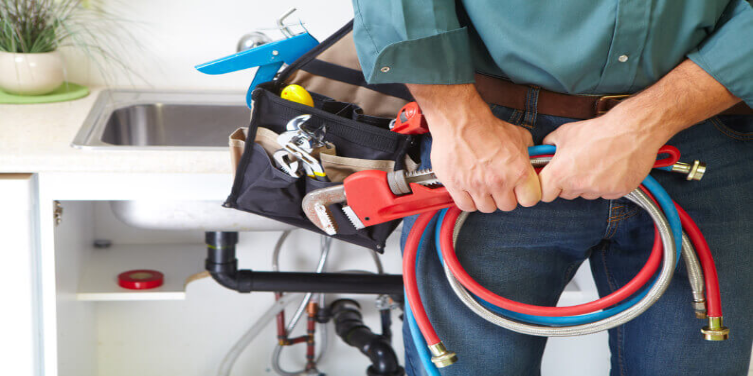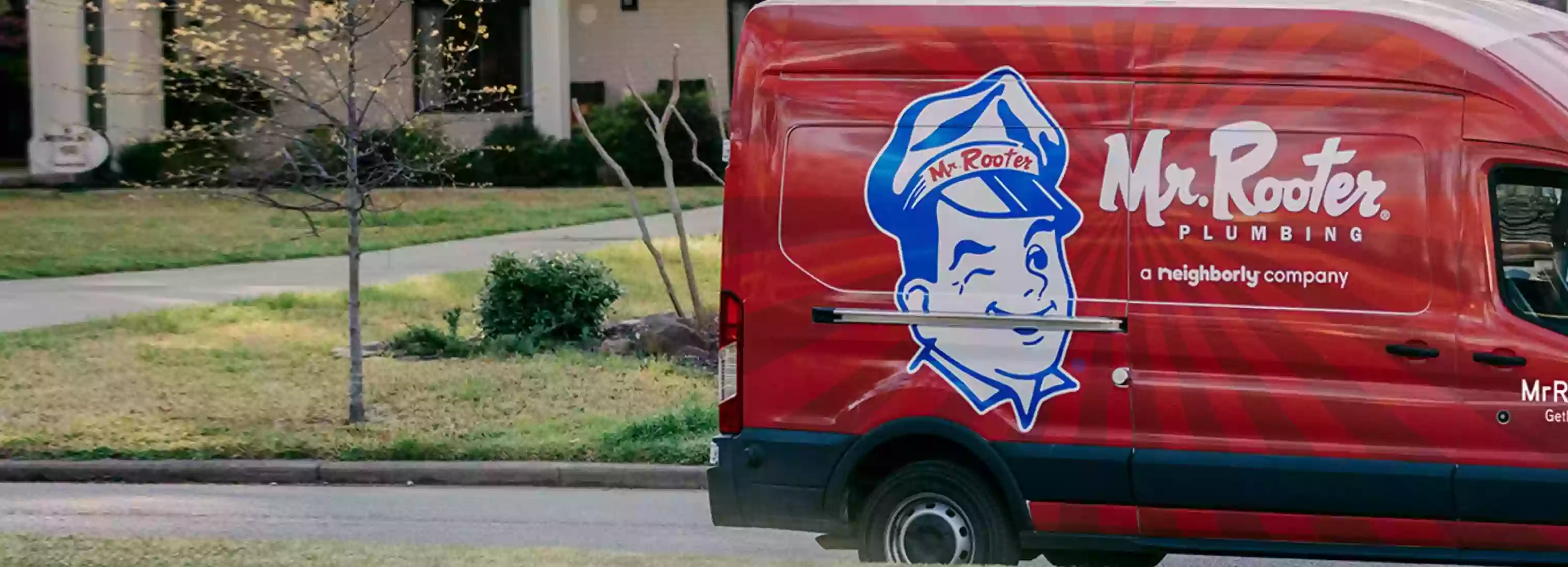How Does Plumbing Work in a Home? A Detailed Guide

Your home’s plumbing system may look like a complicated network of pathways and pipes that all have different functions – and, to be fair, it is.
And when something, inevitably, goes wrong, it's the first instinct for the uninformed to panic and call the professionals. A wise choice if you can’t tell your supply line from your wastewater line.
But what are you going to do until someone helps? And how are you going to prevent something similar from happening again if you don’t understand what went wrong in the first place?
The very basic info in this article could save your home from flooding, so it’s well worth a read.
No jargon, no jumbled diagrams with arrows pointing every which way, just a straightforward explanation of your home’s plumbing systems.
Together, we'll explore the ins and outs of the two subsystems that carry freshwater into your house and drain the wastewater out again - answering the question: how does plumbing work?
Let's dive in!
How Does Plumbing Work: Supply
This is the system that brings fresh water into your home, usually, from the communal pipeline that runs underneath your street.
The first thing it does is pass through a meter, which records how much water you use, then it is distributed to all the different appliances in your house that require it.
Water pipes are typically made of plastic, copper, or galvanized iron, and they can range in diameter from .5in to over 4in, depending on the fixture.
Supply pipes need to carry water upstairs, and around corners, so the water inside them is often under a lot of pressure, the only thing that will allow it to act against gravity.
High levels of pressure can sometimes cause pipes to burst. Should this happen, you need to know where the main stop valve is. Usually located close to the meter, closing this valve lets you shut off the water supply to your entire house.
In the event of a plumbing emergency, do this as quickly as possible to prevent flooding.
If you're confident the issue is specific to one particular fixture, e.g., a leaking shower, you may not want to shut everything off, leaving your home without a flushing toilet – especially if you can’t get a plumber out straight away!
Thankfully, the majority of indoor fixtures include individual stop valves, so you should be able to shut off the water to the faulty shower and still see those dirty dishes soaking in the sink.
Another thing to Note...
Water from the mains supply is available immediately if you’re looking for a cold drink from the tap. If it’s hot water you’re after, however, whether that be for showering or scouring, it has to go through an additional step.
There's a pipe that branches off the central system and carries cold water into your heater. From the heater, the hot water line carries the warm water to everywhere that needs it.
The standard temperature setting for a home water heater is between 140-160 degrees Fahrenheit. Most appliances can run on water heated to 120 degrees Fahrenheit.
This is great for keeping your heating bill down, but some dishwashers and washing machines require a water temperature of 180 degrees Fahrenheit for optimum cleanliness.
Drainage
Your wastewater will flow out of your home into one of two locations – either to a sewage treatment facility or a septic tank.
It's essential to be aware of which of these your system operates on in case you encounter any problems, but (if everything is working correctly), there isn’t a vast difference between the two.
Unlike the supply system, your drainage system does not rely on pressure for movement.
All drainage pipes go downward, meaning gravity acts directly on the wastewater to pull it away, and the municipal sewer line continues to flow down to the disposal site.
So, now you have an idea of the direction in which your waste is traveling, let’s get a little bit more technical. Just a smidge! Drainage systems include vents, traps, and cleanouts, all of which are essential to the safe disposal of sewage.
The vents, which stick out of your roof, allow air to get into the pipes. This is important because, without the air supply, the wastewater would not flow, and the water in the traps would need constant manual clearing. Gross, right?
As for the traps themselves – well, you’ve probably noticed these before; they are the S-shaped section of pipe you can see under literally every sink.
Water drains out of the sink with enough force to travel through the trap and out of the pipe. However, the shape of the tube keeps some back. This little buildup of water prevents sewer gases from backing up into your kitchen.
Another Thing to Note About Drainage...
Different fixtures have different kinds of traps, depending on their function. Toilets, for example, are self-trapped, while bathtubs tend to use drum traps.
This allows them to collect hair and other debris, to stop your drains from getting clogged up, but they will all have one.
Because a drainage system involves all of these components, you will sometimes hear them referred to as the DWV, the drain-waste-vent system.
So, if you do ever need to call in a professional, don’t let this jargon intimidate you – you can hold your own in a conversation now!
How Does Plumbing Work: Bridges
The supply and drainage pipes are parts of two separate systems. For self-evident reasons, water from one should never mix with water from the other.
They do both have to flow in and out of the same appliances, though. Clean water needs to come out of the faucet, while dirty water should run down, out of the drain. The sink, then, is said to act as a bridge.
Any fixture (an appliance that draws freshwater and disposes of wastewater) can be a bridge. So, your toilet, sink, shower, and dishwasher are all bridges.
Bridges should be the only point of connection between the two systems. This is because they're specially designed to keep the two subsystems from merging and, therefore, prevent contamination.
Need a Plumber?
The information in this article, How Does Plumbing Work?, is intended to educate, but it won’t (unfortunately) make you an expert overnight.
Hopefully, it’s helped you pinpoint the source of your problem so that when you get in touch with one of our engineers, you can tell us exactly what we need to fix.
We have a 24/7 Emergency Services line – or, if your inquiry is less pressing – you can get in touch for a job estimate online.
Whatever your needs, we're here to help. Contact our team today, and we’ll get back to you without delay.
 Click to call
Click to call


